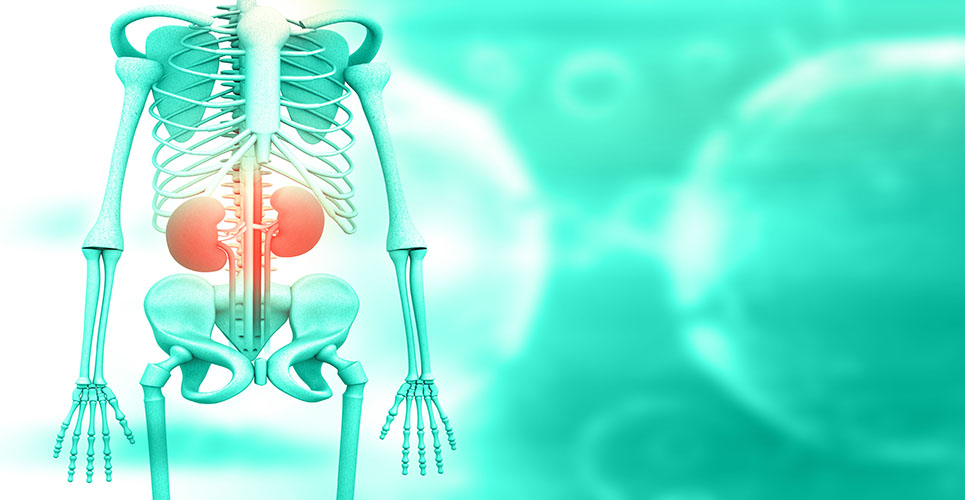teaser
The authors of this article describe the results of their analysisof prescribing of human recombinant erythropoietin (rHuEPO) at a largeUS academic medical centre. Specifically, they sought to definepatterns of its use in relation to underlying diagnoses, haematocritvalues, and iron level management. The authors note that rHuEPO hasimportant applications in a variety of clinical situations, includingtreatment of anaemia associated with chronic kidney disease (CKD),chemotherapy, and zidovudine therapy. However, there have been recentconcerns about its possible role in increasing thrombotic events andmortality if used excessively, especially if the hematocrit becomesexcessively.
Researchers reviewed data from all patients(n=1,360; total of 3,094 hospitalisations) admitted to a US academictertiary care medical centre between 1 April 2000 and 31 March 2003 whohad received at least one dose of rHuEPO for a non-oncology indication.For each relevant hospital admission they recorded haematocrit,haemoglobin (Hb) and iron levels; and use of supplemental iron. Theyalso compared the rates of laboratory testing and iron supplementationin patients with and without CKD.
The mean age of theincluded patients was 64 years (SD ± 16.6 years); 50% were male, and63% white. The largest group of patients (64%) had CKD, and over halfof these patients (52%) underwent dialysis during at least oneadmission. The authors found what they describe as “significantvariability in the degree of anaemia, completeness of iron measurement,and use of iron supplementation in hospitalised patients without cancerwho are prescribed rHuEPO”.
The main findings were:
•In 2,959 admissions for which haematocrit was determined within 14 daysbefore rHuEPO use, mean values were less than 33% in 1,792 (61%) andgreater than 36% in 553 (19%).
• Patients with CKD weremore likely than patients without CKD to receive rHuEPO withhaematocrit greater than 36% (22% vs 8%; p<0.001).
• Monitoring of iron status was more common in patients with CKD than in those without CKD (64% vs 45%; p<0.001).
•Almost one quarter (23%) of rHuEPO recipients in whom iron levels weremeasured had absolute iron deficiency (serum ferritin concentration<100ng/ml).
• In CKD patients, only 54% had adequateiron stores at the time of rHuEPO administration; this rate was evenlower in patients without CKD (33%; p<0.001).
• Only66% of patients with documented iron deficiency who were receivingrHuEPO also received concomitant iron supplementation; this rate didnot differ between patients with or without CKD.
Theauthors state that their findings “identify potential targets forquality improvement in patients both with and without CKD”.
Arch Intern Med 2007;167:840-6.

